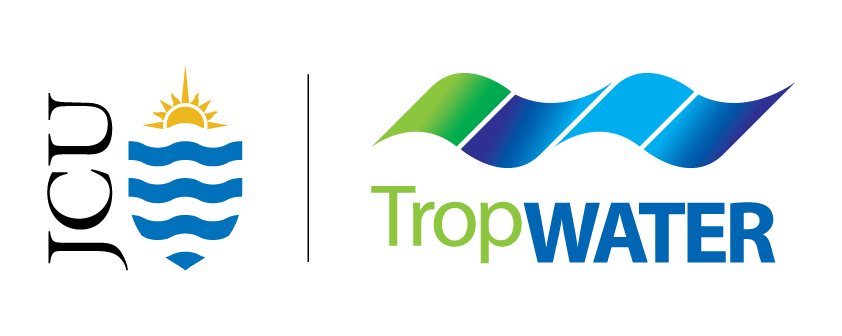Graziers and scientists connect to track sediments from the land to the Reef
- Tropwater JCU
- Dec 2, 2024
- 3 min read
Updated: Dec 3, 2024
For six wet seasons at nine properties across the Bowen-Bogie-Broken catchments, graziers have collected 300 water samples from their local waterways – helping to track how sediments flow from the land into the Great Barrier Reef.
Through the Landholders Driving Change program, JCU TropWATER scientists train landholders to collect water samples from their local waterway while communicating the challenges with sediment loss in the region.
Since 2018, the water quality data collected by landholders has significantly contributed to filling critical gaps in water quality science, helping to identify sediment hotspots to prioritise remediation efforts across the catchment.
This program is strengthening trust between landholders and water quality scientists and is a partnership between NQ Dry Tropics and JCU TropWATER.
Local-scale monitoring targets hotspots and improves understanding of sediment sources
The Landholders Driving Change program connects scientists with graziers to collect water samples during the wet season high flow flood events, to better identify sediment 'hot spots' in the Bowen-Bogie-Broken catchments.
Dr Zoe Bainbridge said spatial catchment modelling tools provide an overview of sediment and nutrient concentrations across the Great Barrier Reef catchments. But the addition of local data provides multiple-lines-of evidence to improve our confidence in tracking the sources, movement, storage, and transport of sediment within a catchment, and to refine catchment models.
“This is where community monitoring fits in. The data collected by landholders helps pinpoint these areas, improving how sediment movements are tracked,” she said.
“Training graziers to collect water samples over river flow events at otherwise inaccessible locations has proven invaluable. Through this, we have refined catchment sediment budgets with higher confidence – leading to better more targeted management decisions.”
This local water quality monitoring data was part of a scientific journal article, showcasing the robust study design and the dedication of the sampling network. The research highlights the value of the samples, with extensive analysis including suspended sediment concentration, grain size, and geochemical tracing of the sediment sources.
“Identifying these areas that produce the highest sediment flux is challenging – we would not have been able to trace the sediment sources without the data collected from landholders,” she said.
Understanding sediment loss across grazing lands and impacts on marine environment
Over the past 200 years, the landscape in the Great Barrier Reef catchment has changed significantly with the introduction of livestock, extensive land clearing, mining, and infrastructure development. These changes have increased soil erosion within the catchment, leading to large amounts of sediment being exported from rivers into the Great Barrier Reef lagoon.
Dr Stephen Lewis said much of this sediment is fine-grained and organic-rich and is the most detrimental form to the Great Barrier Reef.
“This sediment can remain suspended in the water column for extended periods and can travel long distances across inshore and mid-shelf areas of the reef,” he said.
“It can be easily resuspended by waves and currents, causing persistent turbidity. This reduces water clarity and limits light availability, which is critical for photosynthesis in seagrass meadows and inshore coral reefs.
“Over time, this can significantly impact the growth and health of these inshore marine ecosystems. Maintaining good water quality is essential to provide these ecosystems with the best chance for resilience and recovery.”
Dr Stephen Lewis said catchment monitoring and modelling have shown the Burdekin River average annual sediment load is about five time greater since the arrival of Europeans.
“The Bowen catchment has been identified as one of the major contributors of fine sediment draining into the Great Barrier Reef lagoon – producing the largest area-specific fine sediment contribution of all Reef catchments,” he said.
“Prioritising remediation within sub-catchments for maximum impact is essential, especially across large areas like this.”
Significant investment from the Federal and State governments has targeted the Bowen-Bogie-Broken catchments to reduce sediment erosion from gullies, riverbanks and the broader landscape.
This overall whole-of-system approach is to encourage and incentivise landholders to adopt improved land management practices that retains soil on the land, as well as identifying targeted areas for large-scale gully and streambank remediation projects to tackle hot-spot erosion sources.
The data also feeds into catchment modelling for the Queensland Government's Paddock to Reef program. This program provides vital data across the Great Barrier Reef catchment, tracking sediment and nutrients across the landscape.
This project is part of the Landholders Driving Change program managed by NQ Dry Tropics and funded by the partnership between the Australian Government’s Reef Trust and the Great Barrier Reef Foundation.















